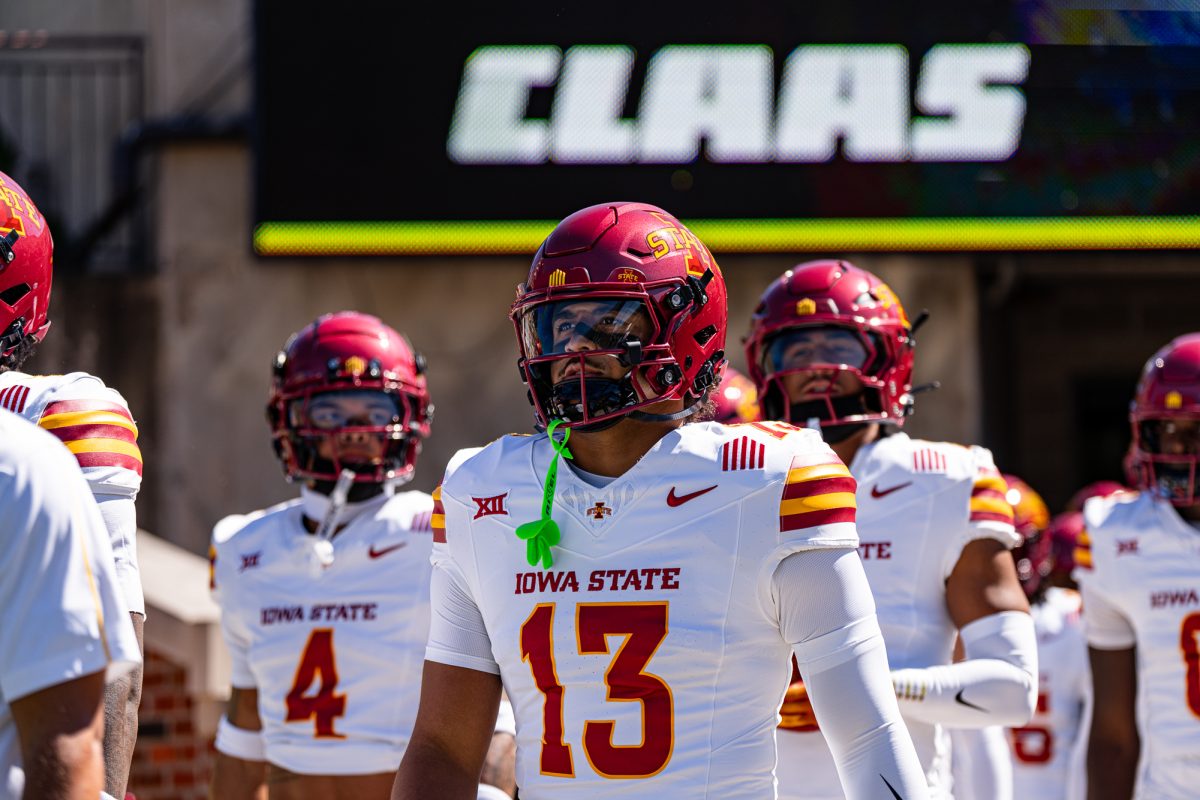Don’t forget history of Labor Day holiday
September 6, 2010
To honor the spirit of Labor Day, take the opportunity to look beyond a Sunday night available for partying to consider the ways in which the American labor movement has played in establishing your livelihood. Also think about the role it must play in American society if we hope to reduce inequality and enable meaningful, enriching lives beyond mere sustenance for its more than 300 million inhabitants.
While Labor Day is more colloquially known for a prohibition on white shoes, a Monday off from work and the autumnal partner to Memorial Day, its roots would urge a more serious tone be taken to the holiday. The first Labor Day was Sept. 5, 1882, in New York City by the Central Labor Union. Congress established Labor Day as a federal holiday under the direction of President Grover Cleveland in 1894. Its establishment took place immediately after the end of the Pullman strike by 12,000 federal troops, an action that resulted in the shooting death of two workers.
Pullman, Ill., was a town founded by the president of the railroad company that employed the town’s residents. Pullman owned the banks, Pullman owned the houses and Pullman owned the factory. After workers received a pay cut, some were taking home only cents from a week’s paycheck. It was this strike that President Cleveland declared a federal crime and dispatched troops to break the lines. In an attempt at reconciliation, he gave the labor movement a national holiday — Labor Day.
The current climate in the United States toward workers’ rights is only somewhat improved. An August 2010 publication entitled “The Global State of Worker’s Rights” lists the U.S. as having a mostly-free status, behind 41 countries including Chile, Belize, South Africa and most of Europe. It cites a growing willingness of corporations to violate labor laws to prevent unionization. Paying a fine is cheaper than paying your workers reasonable wages. Additionally, American workers lack assurance of paid vacation; health insurance, for a few more years; paid maternity leave — much less paternity leave — and for those on salary, you may continue laughing at the idea of a 40-hour work week.
Yet still as a nation, we allow the power of unions to wane. Perhaps it’s time for that to change. In 2006, Goldman Sachs stated, “The most important contributor to higher profit margins over the past five years has been a decline in labor’s share of national income.” As banks return to high profits while unemployment lingers, there’s little doubt this trend has continued through the recession.
In an environment of high unemployment, it’s tempting to say that staying employed is the only right a worker should be concerned about right now, but recessions will come and go and the conditions of labor will remain. Many older college students will have witnessed ISU graduates forced to take jobs without health insurance, without vacation, without a wage sufficient to pay back college debt. Their struggle should be our struggle, as many of us will face their situation soon. We should work to make sure our children don’t face it as well.
So welcome back from your three-day weekend. We hope you enjoyed the day off, the last gasp of summer and, for those sartorially inclined, the white shoes hitting the pavement one last time. But don’t forget the reason for the holiday, the history it follows in or the conditions that precipitate its continued observance. If organized labor isn’t the answer, start thinking about what is. The idea that the person working through a holiday yesterday who served you coffee — or bagged your groceries, or sold you beer for the picnic — should get vacation time, health care and a sufficient wage shouldn’t be foreign. It’s the future that those in the labor movement have been working on for centuries.






